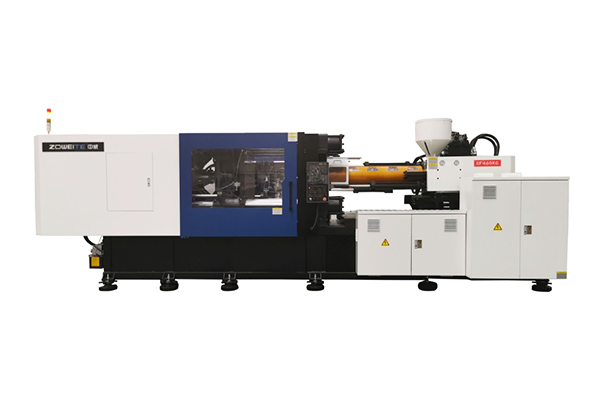How to effectively improve the quality of injection mold?
2023-08-07
Injection molding is an important process in manufacturing, used to create a variety of products such as toys, automotive parts, electronic housings, and even medical devices. However, injection molding can also be a complex process with many variables that can affect the quality of the final product. In this article, we will explore some of the keys to effectively improving the quality of injection mold.
Material Selection
The first step in improving the quality of injection mold is selecting the proper material for the manufacturing process. The material chosen will have a direct impact on the quality of the final product. In selecting the material, factors to consider include strength, flexibility, durability, chemical resistance, and temperature tolerance.
Proper Design
Once the material has been selected, it is important to design the product with injection molding in mind. Considerations should include wall thickness, gate design, and part geometry. An experienced designer can optimize the design of a part for the injection molding process, taking into account factors such as part shrinkage and warping. Additionally, the use of simulation tools can help ensure that the part can be successfully molded and that potential defects can be identified in the design stage.
Mold Design
The design of the mold itself is critical to the quality of the final product. The mold should be designed to allow for proper filling, packing, and cooling of the material. Considerations for the mold design include part geometry, gate location, runner design, and cooling channel design. The cooling time of the mold is also an important factor to consider, as it can affect the cycle time of the injection molding process.
Manufacturing Process
The manufacturing process itself can also impact the quality of the injection mold. Attention should be paid to the injection parameters such as injection speed, pressure, and temperature. The proper settings can help ensure a consistent fill and reduce the risk of defects such as voids, sink marks, and flash. Manufacturers should also consider the use of automation and robotics to ensure consistent production and reduce human error.
Maintenance
Finally, ongoing maintenance is critical to the longevity and effectiveness of the injection mold. The mold should be regularly cleaned and inspected to ensure that it is free of dirt, debris, or damage. Any damage or wear to the mold should be addressed immediately to prevent the risk of defects in the final product.
Material Selection
The first step in improving the quality of injection mold is selecting the proper material for the manufacturing process. The material chosen will have a direct impact on the quality of the final product. In selecting the material, factors to consider include strength, flexibility, durability, chemical resistance, and temperature tolerance.
Proper Design
Once the material has been selected, it is important to design the product with injection molding in mind. Considerations should include wall thickness, gate design, and part geometry. An experienced designer can optimize the design of a part for the injection molding process, taking into account factors such as part shrinkage and warping. Additionally, the use of simulation tools can help ensure that the part can be successfully molded and that potential defects can be identified in the design stage.
Mold Design
The design of the mold itself is critical to the quality of the final product. The mold should be designed to allow for proper filling, packing, and cooling of the material. Considerations for the mold design include part geometry, gate location, runner design, and cooling channel design. The cooling time of the mold is also an important factor to consider, as it can affect the cycle time of the injection molding process.
Manufacturing Process
The manufacturing process itself can also impact the quality of the injection mold. Attention should be paid to the injection parameters such as injection speed, pressure, and temperature. The proper settings can help ensure a consistent fill and reduce the risk of defects such as voids, sink marks, and flash. Manufacturers should also consider the use of automation and robotics to ensure consistent production and reduce human error.
Maintenance
Finally, ongoing maintenance is critical to the longevity and effectiveness of the injection mold. The mold should be regularly cleaned and inspected to ensure that it is free of dirt, debris, or damage. Any damage or wear to the mold should be addressed immediately to prevent the risk of defects in the final product.
Overall, improving the quality of injection mold requires attention to detail and a thorough understanding of the manufacturing process. By selecting the appropriate material, designing the product and mold for the injection molding process, paying attention to injection parameters, and performing regular maintenance, manufacturers can ensure a high-quality final product that meets the needs and expectations of their customers.





